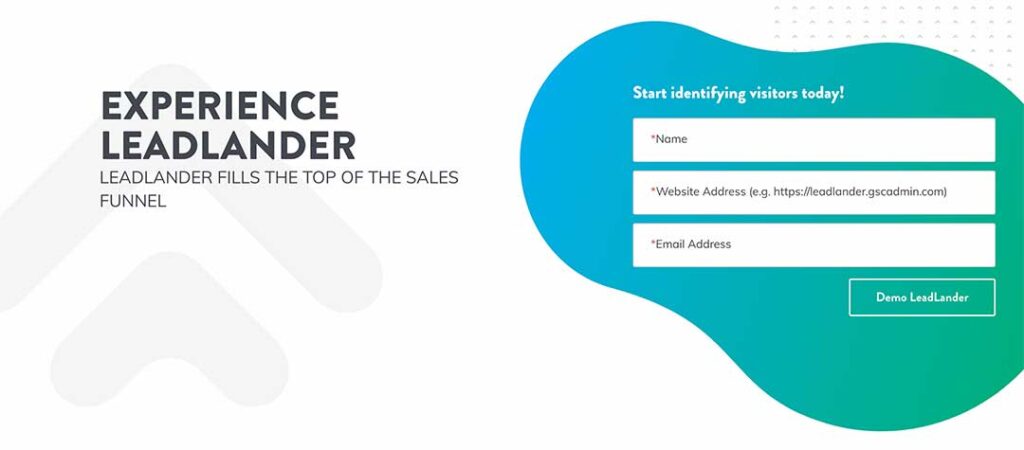Research shows that 80% of consumers prefer to do business with a brand that personalizes their experience. That’s why marketing segmentation is becoming increasingly important – especially if you want to give your audience members the personalized experiences they crave.
There are multiple ways to segment an audience for online marketing. But psychographic marketing segmentation may be one of the least understood.
In this beginner’s guide, we’ll tell you:
- What psychographic marketing is and why it matters
- How to use different insights from this practice to generate buyer personas
- How to use those personas to sell more products and services
Let’s get started.
What is psychographic marketing?
Psychographic marketing uses your audience’s emotions, values, and beliefs to market more effectively.
Here are some examples of how a company might use different aspects of its leads’ psychographic profiles for better conversions:
- Value – A consumer values the fair treatment of animals and chooses a cruelty-free sunscreen product.
- Attitude – Someone dislikes pushy marketing material and avoids brands that use it.
- Interests – A person loves surfing and buys a wetsuit.
- Motivations – A B2B company is motivated to lower its operating costs and invests in software.
- Desires – A career person wants to climb the management ladder and pays for services or certifications to help them achieve this goal.
In each example, you’ll note that the person or company’s inner beliefs lead to purchasing decisions, not external features like location, gender identity, or company size.
That’s the key to psychographic marketing. It’s all about creating content, products, and branding that appeal to a target audience’s internal motivations and beliefs.

Why focus on this type of online marketing?
Psychographic marketing helps companies achieve their goals in many ways. Here are three of the biggest benefits:
Connect with potential buyers on a deeper level
We can use the external factors of a company or individual to describe and classify. But you need to understand their internal world if you want to know what motivates your customers’ buying decisions.
That’s what psychographic marketing does. It helps you go beyond the physical and delves into what matters to your audience. This can help you create marketing content that resonates on a much deeper level.
Create more complete buyer personas
Data shows that 71% of companies that exceed lead generation goals use buyer personas. But a buyer persona that doesn’t account for the internal motivations of the marketing segment you’re creating is incomplete.
Psychographic marketing fixes that by giving you a complete perspective on who your buyers are.
Discover new opportunities for product repositioning
Using psychographic marketing can also help your company better reposition its product offerings to fit its target audience.
When you use psychographic buyer personas, you discover what matters to your customers. You can use that information to inform your product.
Craft more compelling messaging
The way that your company talks about itself determines how people view it. If you want your target audience to see your company in an ideal light, you need to create messaging that connects with your users on a deep level. Psychographic marketing gives you the information necessary to make that happen.
How to generate psychographic profiles
If you’re convinced psychographic marketing is suitable for your company, you’ll need to generate psychographic profiles of your buyers.
Focus groups
Some of the world’s largest and most successful companies use focus groups to research their target audiences. A focus group involves bringing together diverse customers and asking them questions about your brand, products, or services.
One-on-one free-form customer interviews
Focus groups are great for understanding consumers’ overall attitude toward your brand, product, or marketing material. But they aren’t great at providing in-depth insights into an individual’s purchasing journey.
That’s where one-on-one customer interviews come in. They’re the perfect way to…
- Prompt your customers to research products like yours
- Evaluate your brand
- Guide the purchasing decision
Online marketing surveys
You can also use online surveys to gather psychographic information from your target audience. But this tactic is better used to confirm your initial insights than a first-line information-gathering method.
If you want to get more people to fill out your online surveys, consider incentives. For example, you could offer a discount on the customer’s next purchase if they fill out your survey or enter them into a raffle.
Data analytics
Web browsing data is commonly used to gather external information about an audience, such as their demographics or location. But you may also be able to use some of it to learn about your target audience’s psychographic makeup.
For example, you can use data from your website to see which blog posts are getting the most traffic. Suppose those blog posts are grouped around a similar theme, such as a particular benefit of your product. In that case, that can be a significant clue about your buyers’ interests, motivations, and values.
Putting your psychographic profiles to work
Once you’ve created solid buyer personas with psychographic marketing, you can use those in many different ways. Each of the following strategies shows how your business could benefit from its psychographic profiles.
Look for new opportunities
Psychographic profiles are one of the most effective ways to discover new paths for your business to achieve its goals. For instance, your insights may reveal customers have a keen interest in something relevant to your brand but are something you’re not currently offering, such as video guides.
Or your psychographic profiles may help you discover a new motivation that buyers have when purchasing similar products. You could use that information to change your messaging.
Create better content
Psychographic profiles are effective at helping companies create more targeted and personalized content. You get information about the inner lives of your customers and what matters to them above all else.
Use that to create:
- Blog posts based around a segment’s core beliefs
- Infographics that speak to a segment’s desires
- Webinars that help a segment’s members realize their inner motivations
- Social media posts that fit in with a segment’s interests
- Video content that conforms to a segment’s attitudes
When you build better content, more people will refer to it. And that’s the first step toward getting more people to buy your product or service.
Improve your product and content suggestions
You can also use your psychographic profiles to better suggest products and content to your segments.
This is something that Spotify excels at. It uses psychographic data about its audience to recommend new songs and artists and build its popular “Just For You” playlists.
Your business may be able to use psychographic profiles similarly. It should increase your chances of getting your target audience to interact with your products and content in the ways you want them to.
Pair your psychographic insights with other types of marketing segmentation
This is another great way to unlock the full potential of your psychographic profiles. You can take the information you get from this practice and combine it with data about your audience like:
- Demographics
- Gender
- Age
- Employment status
- Income level
Generate even deeper insights into who your audience is and what they care about. This can help you get even better at marketing your products, services, and brand to your ideal buyers.

Get the data that you need for psychographic marketing with LeadLander
To excel at psychographic marketing, you need large amounts of high-quality data. Your website is the best place to get that information. But it can be tough to make sense of your website visitor data without the right tool.
That’s why you should check out LeadLander. Our website visitor tracking software tells you:
- Who’s visiting your website
- What type of content they’re looking at
- What page they’re leaving your website from
- Which of your landing pages are most effective at driving conversions
- And more information about who your customers are and what they care about
LeadLander could be just what you need to excel at psychographic marketing to be more efficient in hitting your sales goals.
But don’t take our word for it. Check out a free demo of LeadLander today to see the value for yourself.

Related Reading


